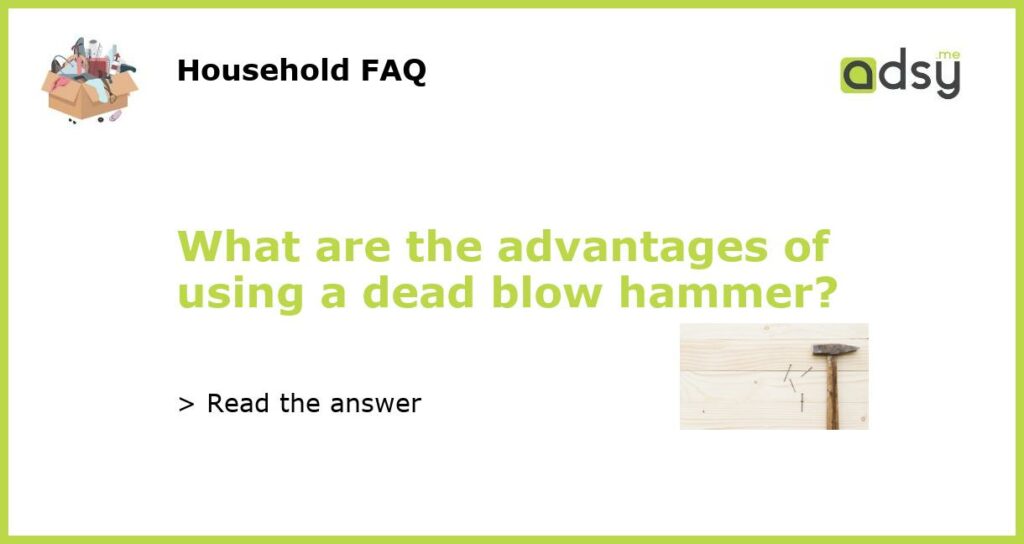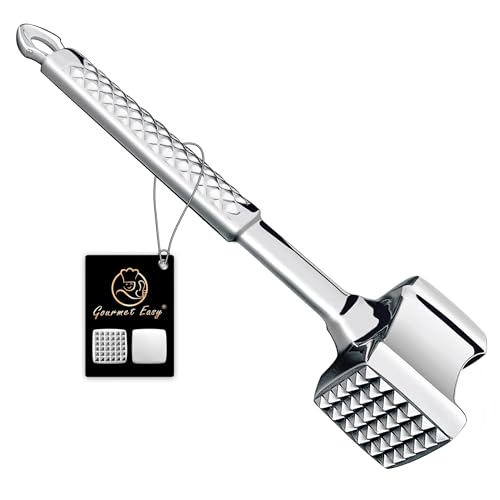Advantages of Using a Dead Blow Hammer
When it comes to choosing the right hammer for the job, there are many different types to choose from, each with their own unique advantages. One such hammer is the dead blow hammer, which has become increasingly popular in recent years. But what exactly is a dead blow hammer, and what advantages does it offer? In this article, we’ll explore the benefits of using a dead blow hammer.
What is a Dead Blow Hammer?
Before we look at the advantages of using a dead blow hammer, it’s important to understand what it is. A dead blow hammer, also known as a soft face hammer, is a type of hammer that features one or more striking faces filled with a non-sparking shot, such as steel shot or sand. When the hammer strikes an object, the shot inside the head moves, which helps to reduce rebound and prevents damage to delicate surfaces.
The Advantages of Using a Dead Blow Hammer
Now that we know what a dead blow hammer is, let’s look at the advantages it offers:
Less Rebound
One of the biggest advantages of a dead blow hammer is that it reduces rebound. When a traditional hammer strikes an object, it bounces back, which can be both frustrating and dangerous. With a dead blow hammer, the shot inside the head prevents rebound, allowing for more controlled and efficient striking.
Less Damage
Another benefit of a dead blow hammer is that it reduces the risk of damage to delicate surfaces. Traditional hammers can leave marks or even cause damage to surfaces like metal, wood, or plastic. The soft faces of a dead blow hammer help to prevent this type of damage, making it a better choice for tasks that require more care and precision.
More Power
Although a dead blow hammer features a soft face, it can actually deliver more striking power than a traditional hammer. Because the shot inside the head helps to transfer energy, a dead blow hammer can deliver a harder and more effective strike, making it a great choice for heavy-duty tasks.
No Sparks
If you’re working in a potentially hazardous environment, a dead blow hammer is a safer choice. Because it doesn’t produce sparks like a traditional hammer can, it’s less likely to ignite flammable materials. This makes it a better choice for jobs like welding or working with chemicals.
Less Fatigue
Finally, using a dead blow hammer can help to reduce fatigue. Because the hammer transfers energy more effectively than a traditional hammer, it requires less effort to achieve the same results. This can help to reduce strain on your muscles and joints, allowing you to work longer and more comfortably.






